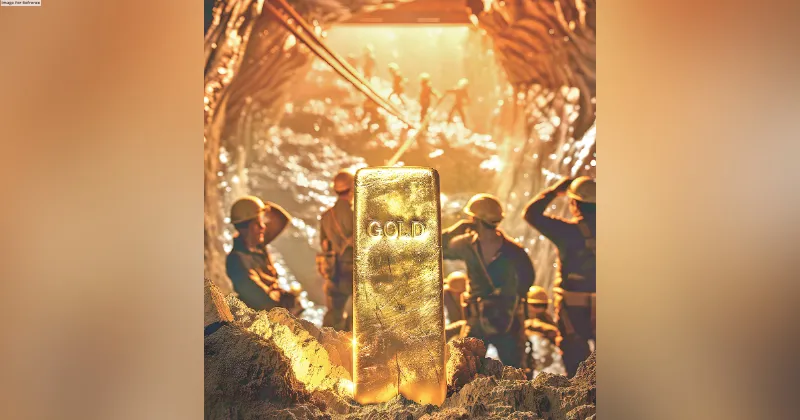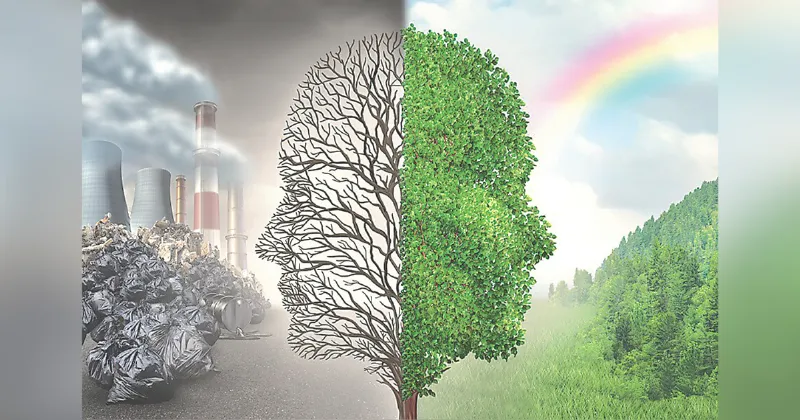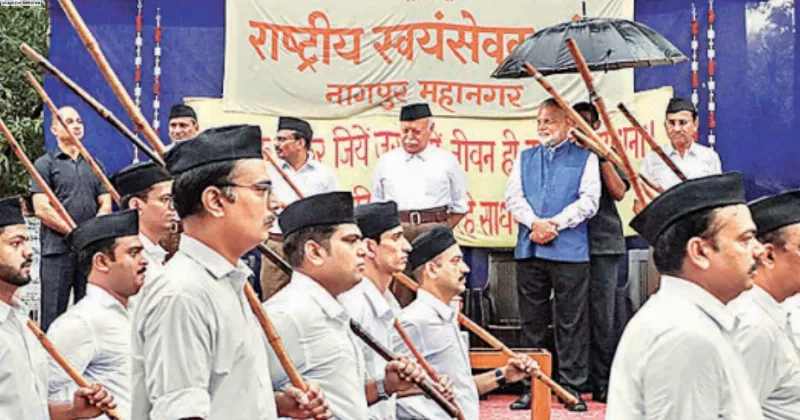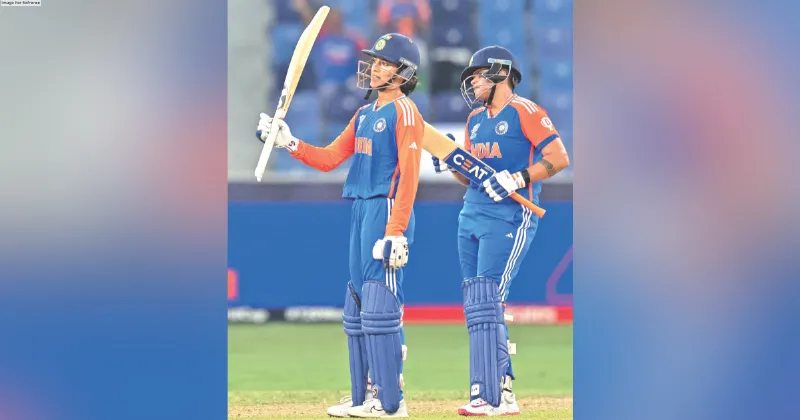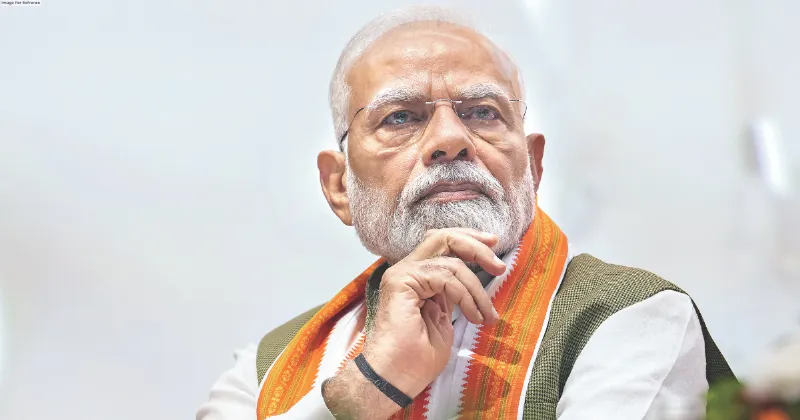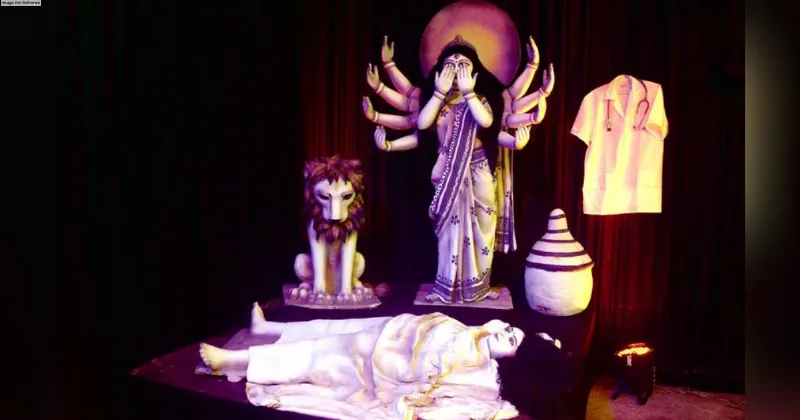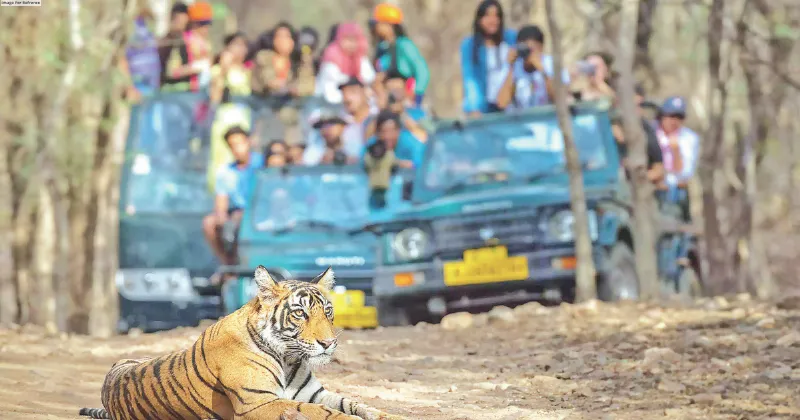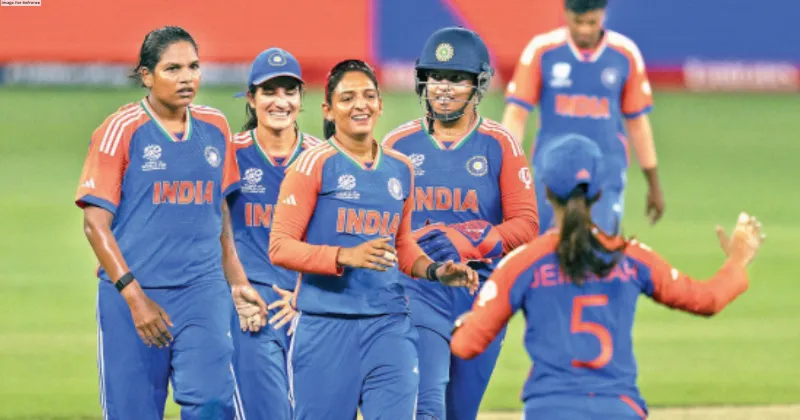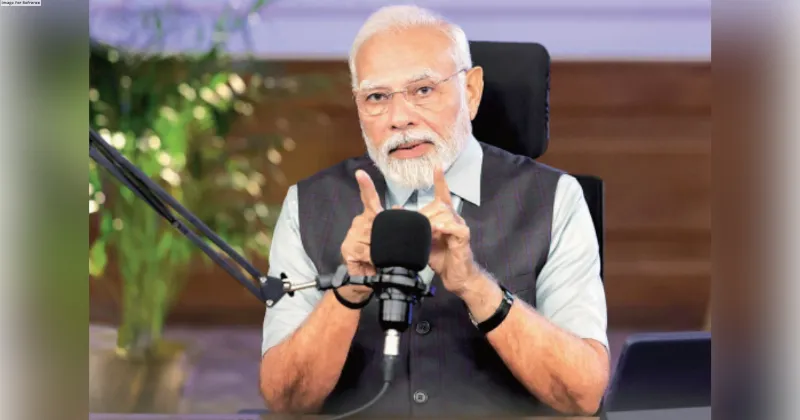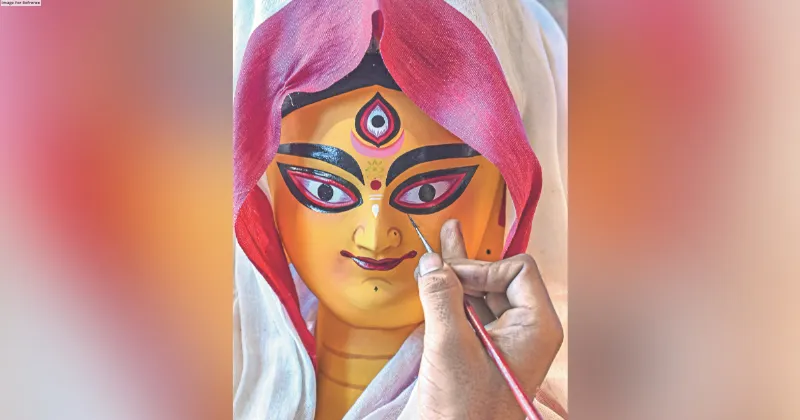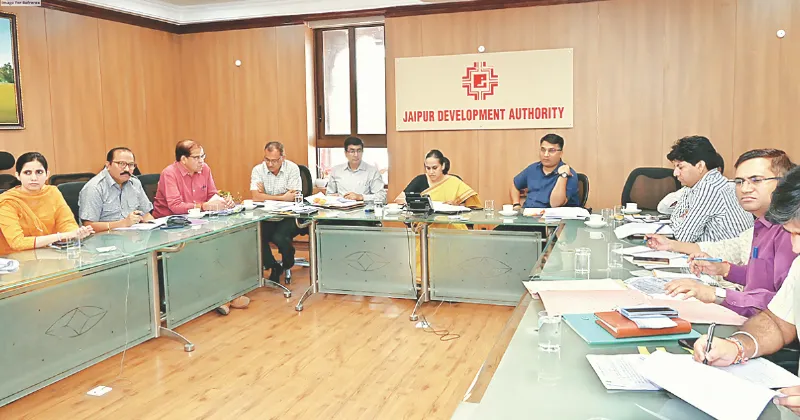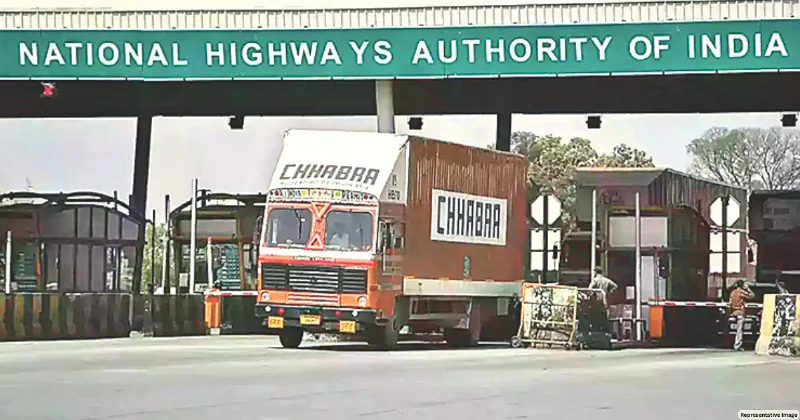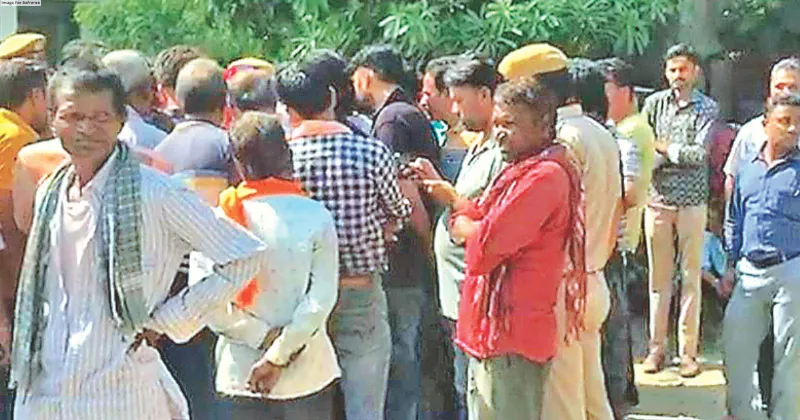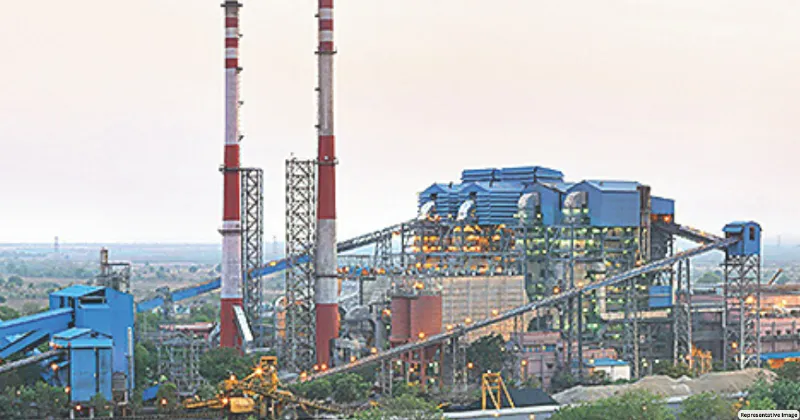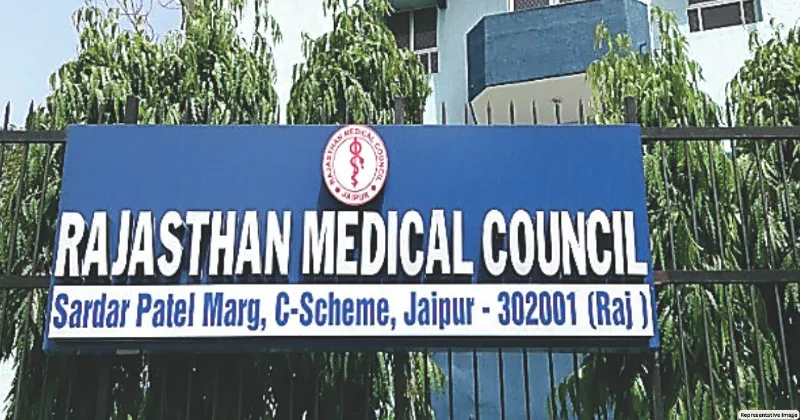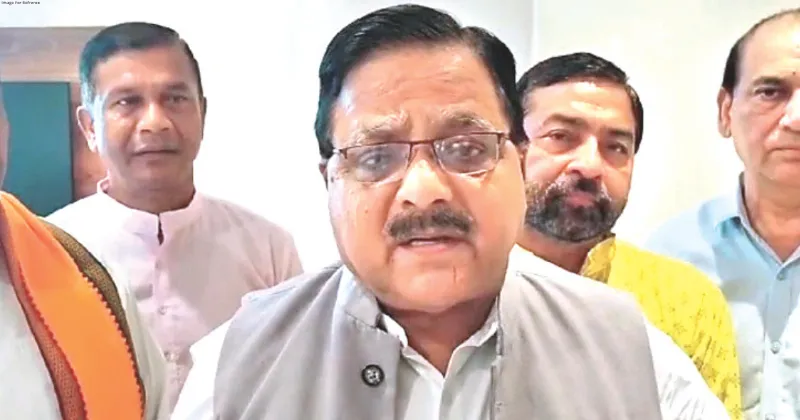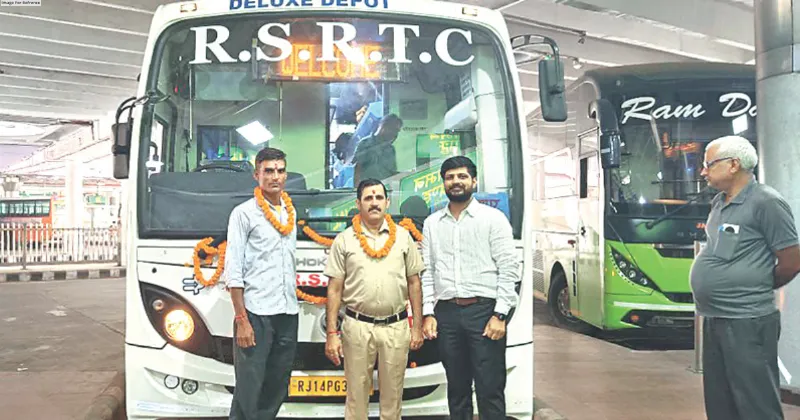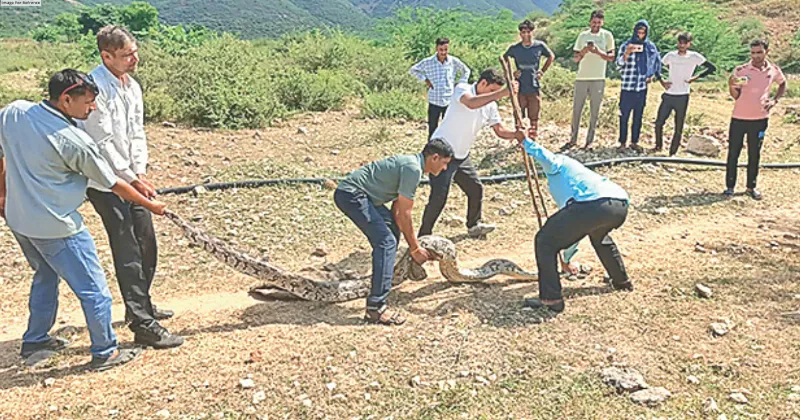Latest News
MODI'S MASTERY IN DISASTER REVOLUTION

PM MODI, AN EXPERT IN DISASTER MANAGEMENT - Lt Gen (Retd.) Syed Ata Hasnain Member, NDMC
I was new to disaster management as I was a professional soldier, wherein lay my expertise, i.e. in strategic matters. In disaster management I had a very cursory idea. I had to read up a lot to know more about it. And since the PM was the chief of National Disaster Management Authority (NDMA), we had direct communication with him.
But within first few days of my new role in NDMA which I entered in 2020, I realised that PM Narendra Modi’s experience in handling the disasters is more than anyone else because he had been on the ground during relief of Bhuj Earthquake in 2001 and as CM he had passed country’s first disaster management act in Gujarat, much before national disaster management act was passed. The State Disaster Relief Force (SDRF) was also first formed and implemented in Gujarat under CM Modi. So he was already an expert in handling disaster management.
Disaster Risk Resilience in 2016 was a seminal event under PM Modi. It was a conference called by the ministry and eventually, the event had a long-term impact on the way disaster management was approached in the country. The Sendai Framework of the United Nations for disaster risk mitigation was also launched just recently. So the decisions made in the meeting under PM Modi coincided with the UN Programme.
PM Narendra Modi’s emphasis on the preparedness for any disaster is exemplary. His 10-point agenda on disaster handling worked as the base for India preparing its disaster management framework.
One of the major points of the 10-point agenda, which struck me hard and is often ignored, was gender sensitivity, which the PM emphasised. It is usually the women and children who suffer the most during a natural disaster. The physically strong manage relief but for the weaker sex, the responsibility to protect them is ours. This aspect often doesn’t come to the fore but it was on the mind of the PM.
The second thing was the adoption of technology in disaster management. We all know the love of the PM for technology. It was he who stressed the need to adopt the best and latest technology in disaster management.
The third thing that the PM envisaged and what hit me deep was his stress at knowledge management, i.e. increasing, sharing and networking knowledge because the more we know about disasters, their genesis, causes and results, the better we would be in a position to handle exigencies better. So keeping ourselves updated with knowledge becomes essential, which PM Modi was well aware of.
Narendra Modi’s focus was in creating a big disaster management community in the country. The best manifestation of this motto was seen in how well the cyclone in Gujarat was managed, with the minimal loss to life and property.
The 10-point programme has now become a global template in disaster management and governments across the world are quoting PM Modi and his agenda as a mantra for successful disaster mitigation measures.
MODI JI FOCUSSED ON INTEGRATING ALL SECTIONS OF SOCIETY - Dr Nishikant Dubey BJP, MP, Jharkhand
PM Narendra Modi is the first prime minister who has strongly emphasised the need of having a disaster management framework for the country. Even as chief minister of Gujarat his focus was people-centric policies in case of any disaster.
In my own constituency in Deoghar, an entire ropeway was stuck and it was presumed that no one could be saved. PM Modi went out of the way and he allowed deployment of Garud team of the IAF, which is designated for operations abroad, for the rescue and people were saved from there. The operation lasted over 72 hours and the PM was in constant touch with the authorities concerned till he was assured that the last man was retrieved alive. He also talked and communicated with the villagers to keep their spirits high and their hopes alive.
Even in the last meeting of the BJP leaders held after the assembly poll wins in Rajasthan, MP and Chhattisgarh, PM Modi reminded us of the impending cyclones in Tamil Nadu, Puducherry and Andhra coast and how we must be prepared to help common people suffer the least difficulty in these trying times. Even at a time of celebration, his mind was occupied with how an efficient disaster management could save lives and cause the least damage.
Modi ji not only introduced a solid framework of disaster management in the country but also for the first time gave the idea of integrating the different sections of society in disaster management. Members of the civil society, the defence and para military forces, the governance mandarins and party workers were all involved, made aware and trained to think in a cooperative manner so that all could help each other in a synchronised system in case of any eventuality. This was a seminal change in the way of approaching and handling disasters.
Narendra Modi led successful disaster management way back in year 1979 - Habib Dekavadiya Morbi, Gujarat
Our village was heavily waterlogged due to the flood and food and other essentials became scarce. We were under 5-6 feet deep water all around and there was no way to survive without food and potable water.
At that time, Narendra Modi came to our village with other RSS workers and distributed essential items to hundreds of people, himself leading from the front. This was way back in 1979, and we survived the disastrous Morbi dam breach due to the help provided under the management of Narendra Modi, who was just a party worker at that time.
Morbi was Narendra Modi’s initial hands-on experience of leading a disaster handling exercise, when he was all of 29 years of age. Later, he was on the ground coordinating relief work after the devastating Kutch earthquake in 2001. All these experiences came in handy in shaping up the disaster management framework of India, first as Gujarat CM and later as the PM of India.
COMPILED AND EDITED BY SHASHIKANT SHARMA

